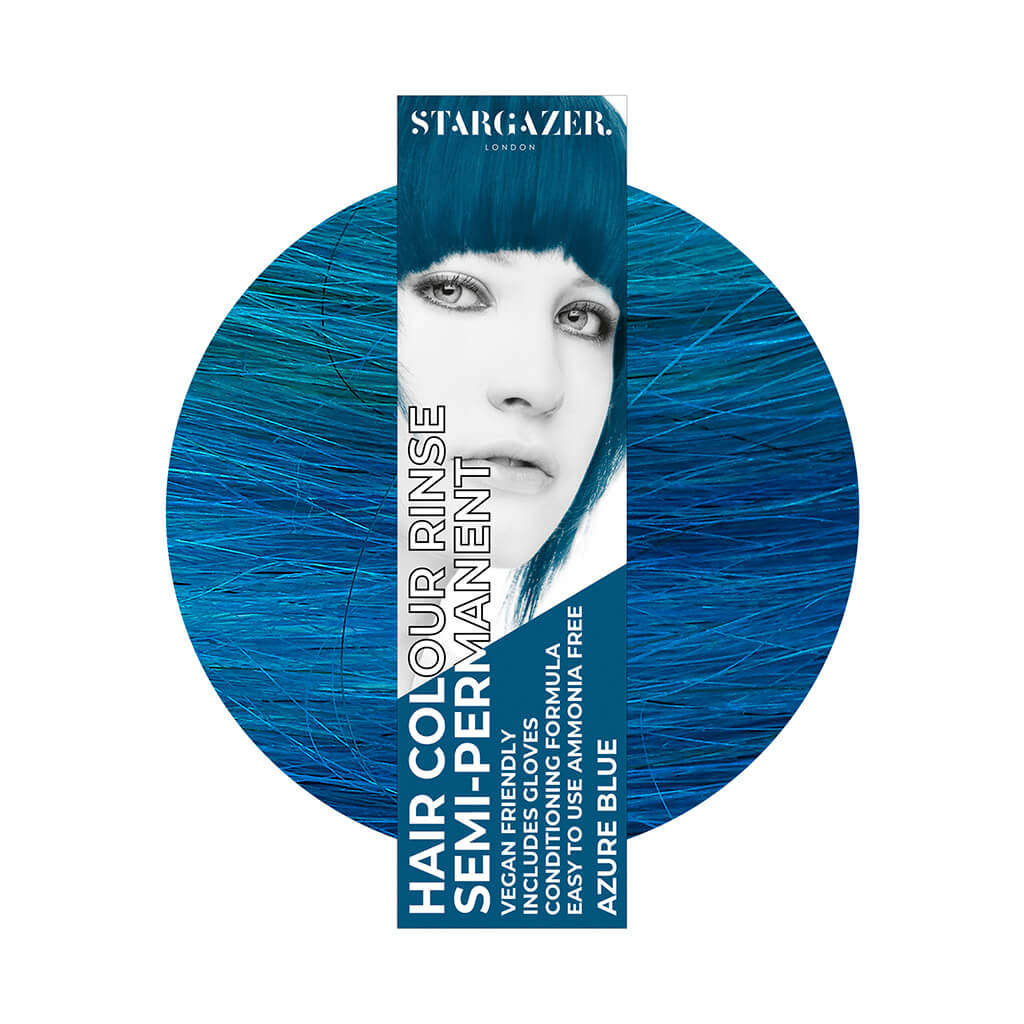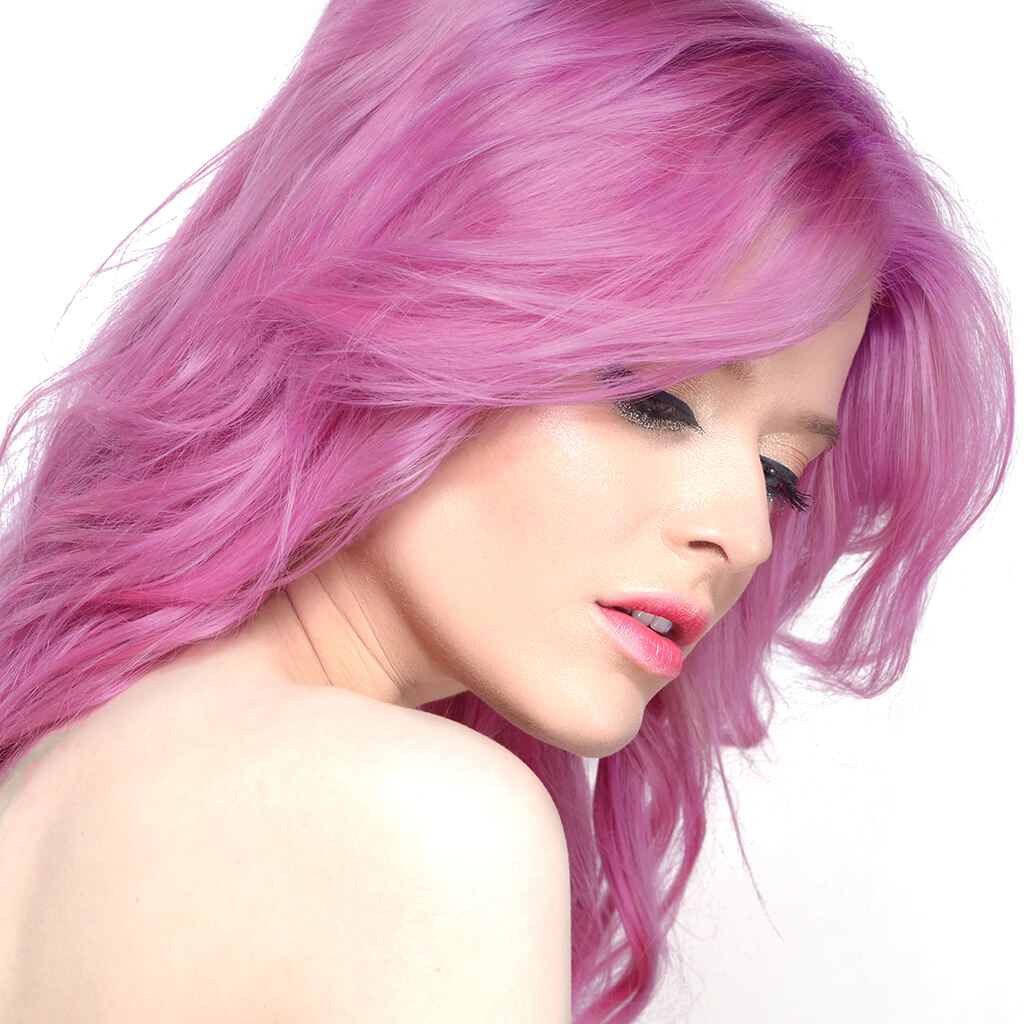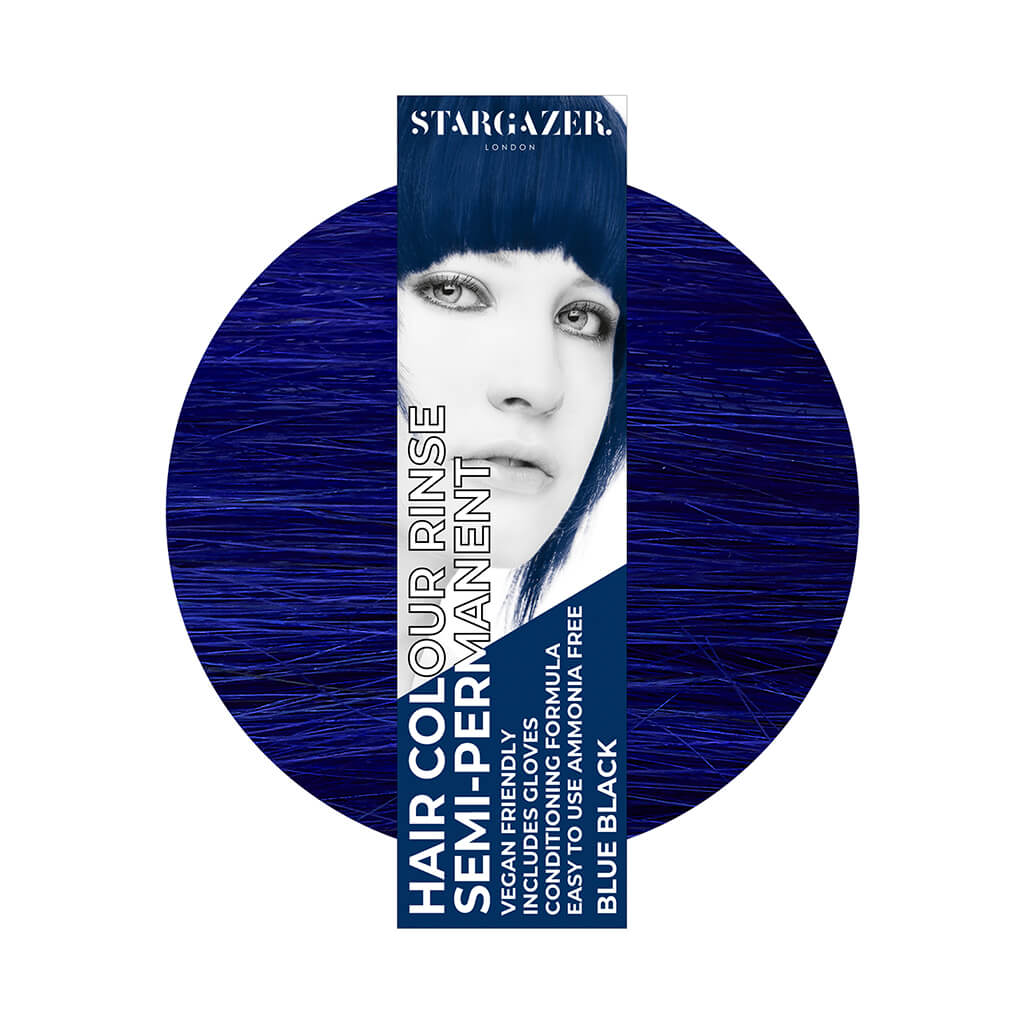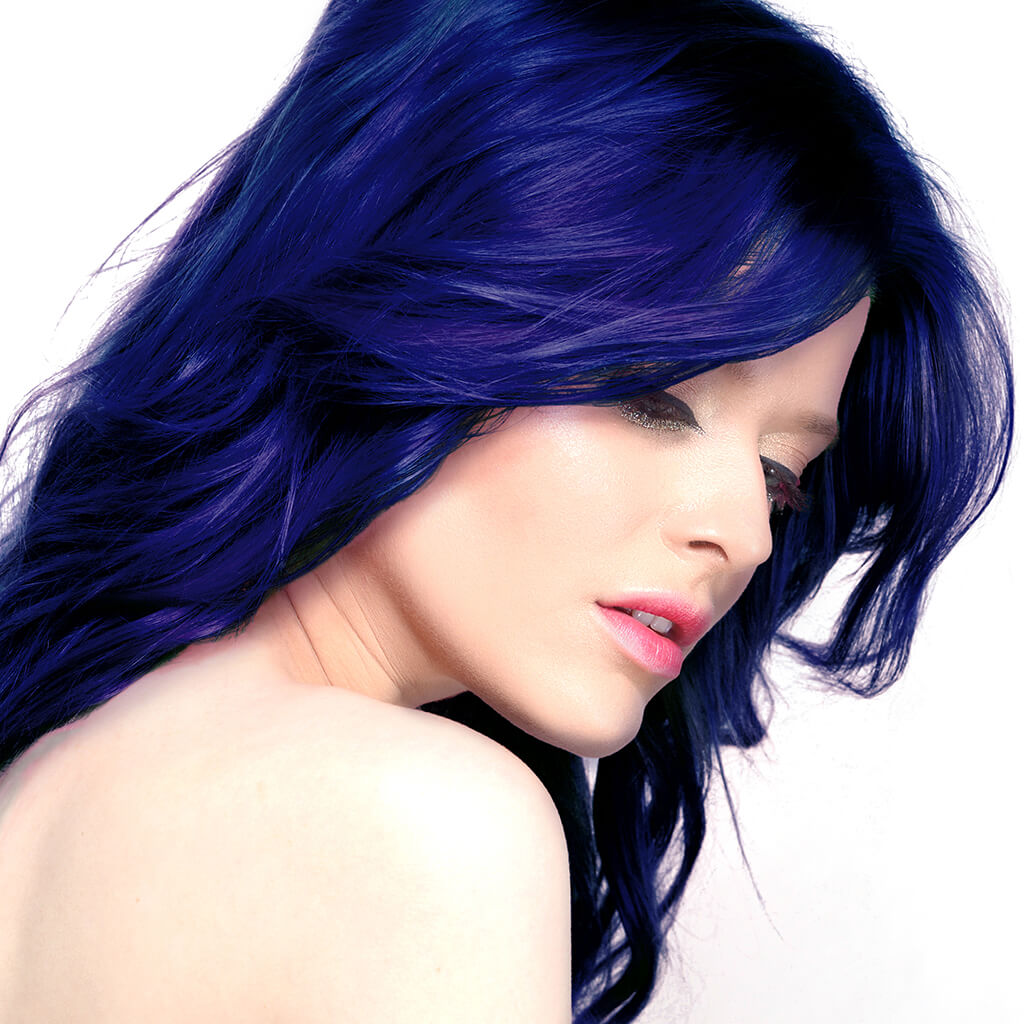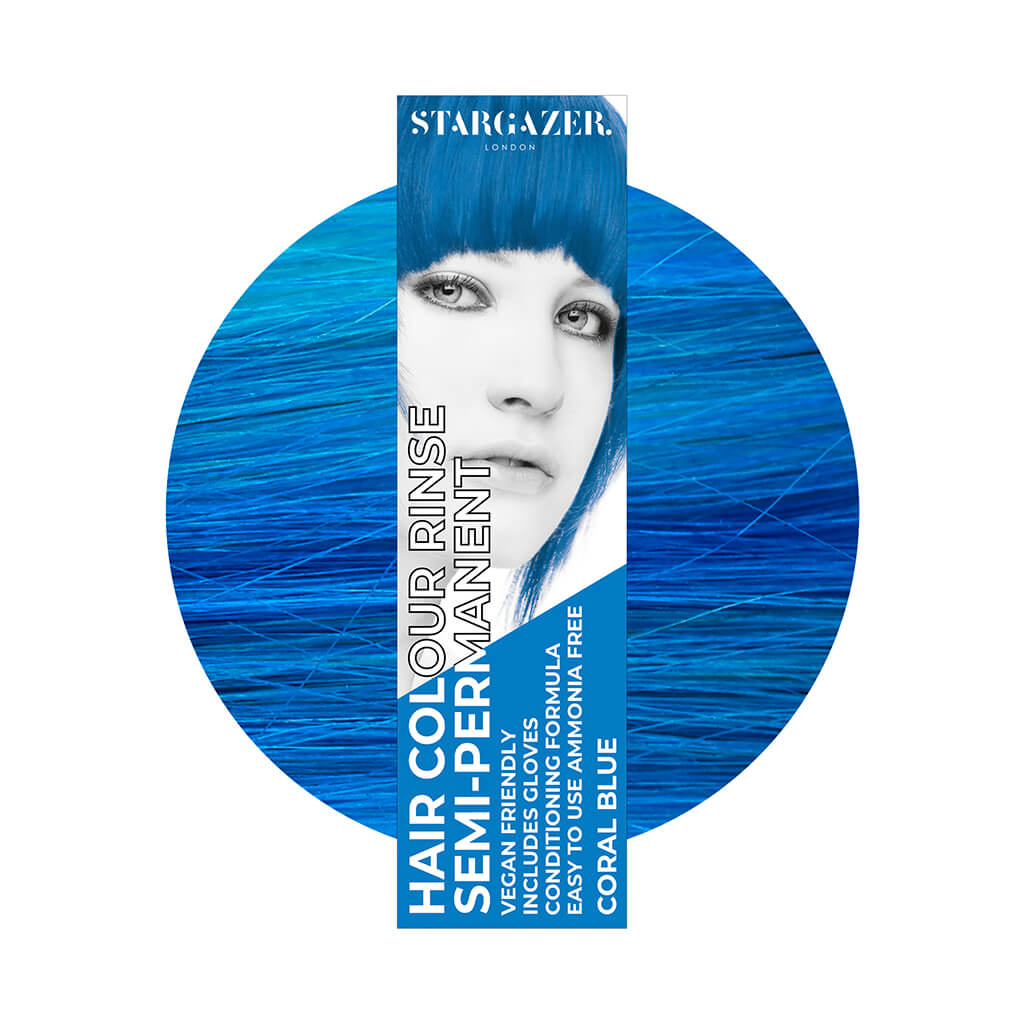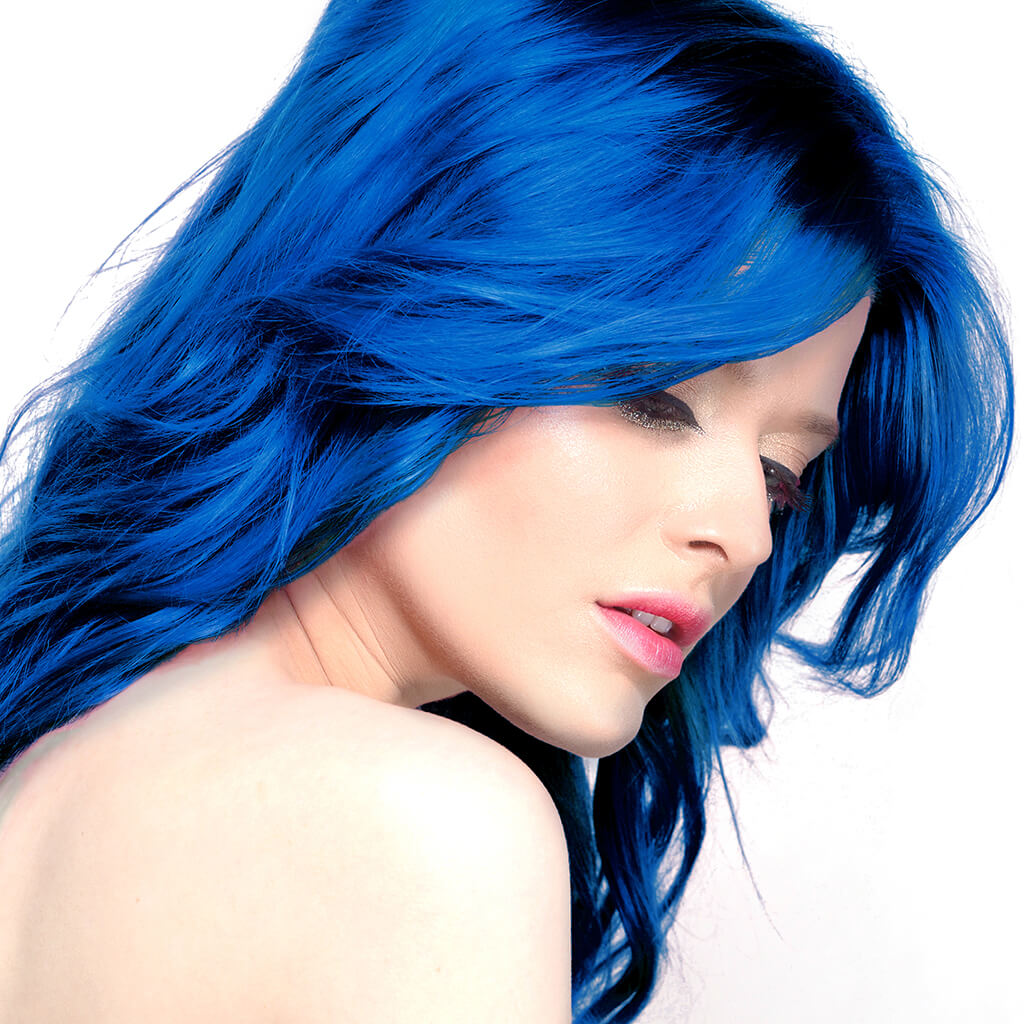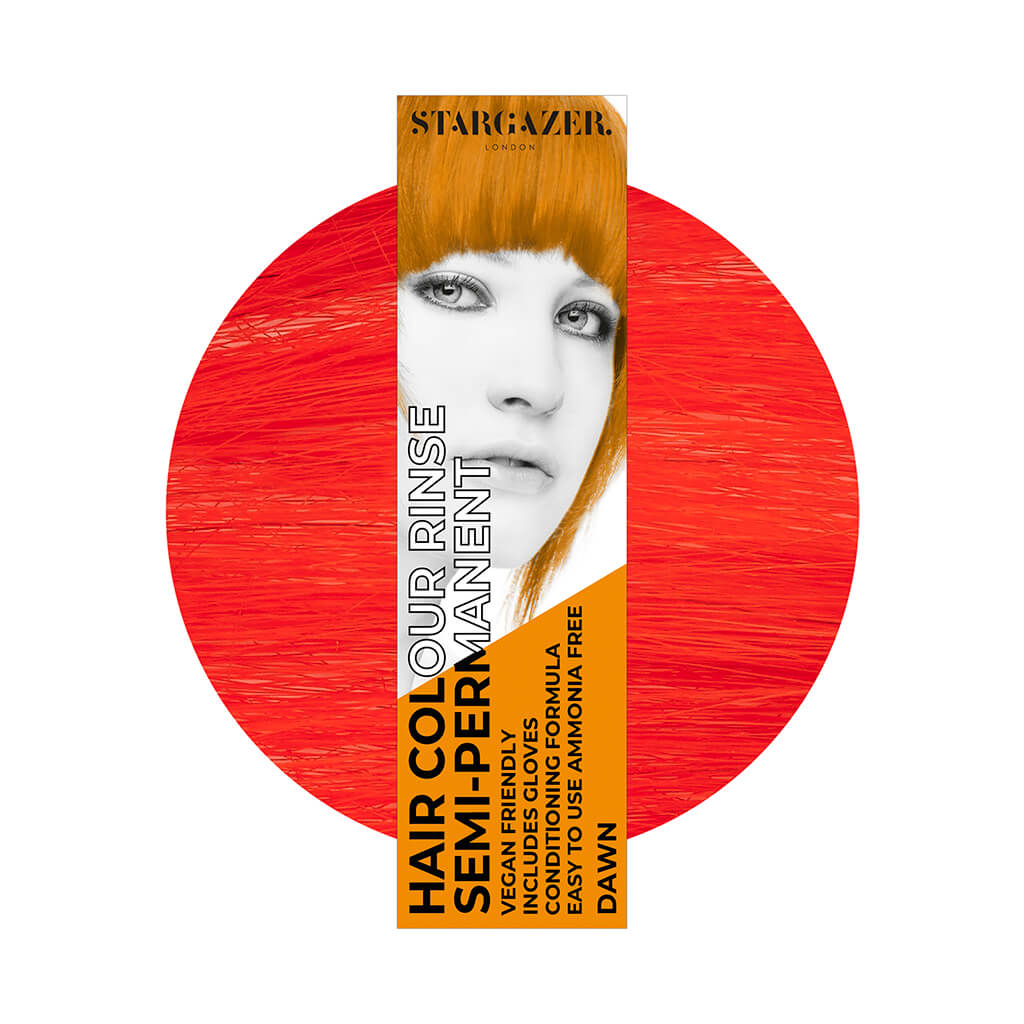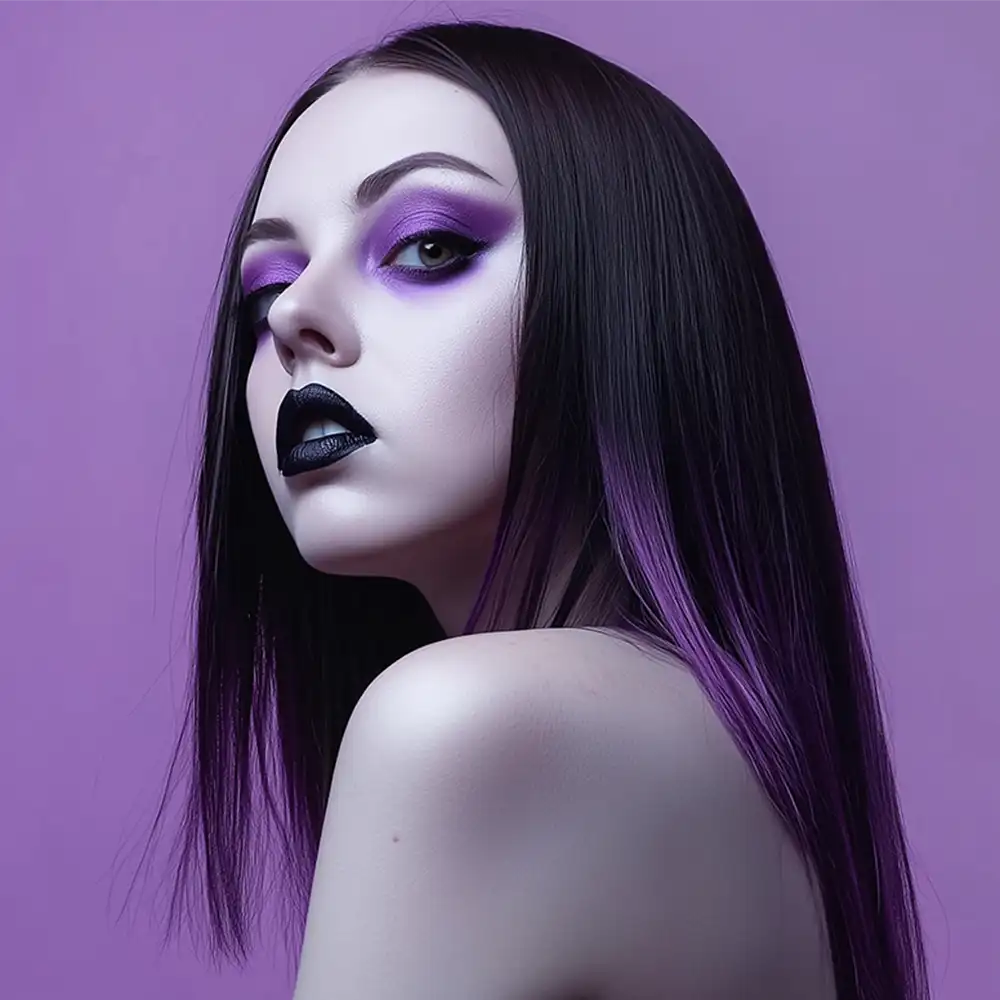What Your Hair Type Means for Colour Longevity
Semi-permanent hair dye is a popular choice for those looking to experiment with bold, vibrant colours without long-term commitment. However, understanding your hair type is crucial for predicting how long your colour will last. The structure of your hair can influence how vibrant the colour appears, how well it absorbs, and how long it stays vibrant, especially if pre-lightening is involved. Let's break down the basics so you can get the best results for your hair.
Understanding Hair Structure and Types
Your hair is made up of three main layers: the cuticle (outer layer), the cortex (middle layer), and the medulla (inner core, which is often absent in fine hair). The cuticle is like a protective shield, made of overlapping scales. How these scales lie, how thick they are, and how easily they open determines your hair type. Generally, hair types fall into categories like fine, medium, or coarse, and they can be straight, wavy, or curly.

- Fine Hair: Has a thinner cuticle layer, making it more delicate. It often has fewer layers of protection, meaning dye can penetrate easily but also fade faster.
- Medium Hair: The most common hair type with a balanced cuticle and cortex, holding colour relatively well.
- Coarse Hair: Has a thicker cuticle and more layers, making it harder for dye to penetrate but often allowing for longer-lasting colour once absorbed.
How to Determine Your Hair Type
-
Hair Thickness (Strand Test): Take a single strand of your hair and roll it between your fingers.
- If you can barely feel it, you have fine hair.
- If you feel the strand but it isn’t very thick, you have medium hair.
- If the strand feels thick and strong, you have coarse hair.
-
Hair Density (Ponytail Test): Gather your hair into a ponytail and measure its circumference.
- Less than 2 inches means you have low-density hair.
- 2–3 inches is medium density.
- More than 3 inches is high-density hair.
How Hair Types and Density Affect Colour Absorption
When using a semi-permanent hair dye, it works by coating the hair shaft and lightly penetrating the outer cuticle. Both your hair type and density will impact how well the dye sticks and how vibrant it looks:
- Fine Hair: Because the cuticle is thinner and more open, semi-permanent dye can easily coat and deposit colour. However, this also means the colour may fade faster, as the hair's structure can’t hold onto the pigment as tightly.
- Medium Hair: Offers a good balance for semi-permanent dyes, allowing for better longevity without overly complex absorption issues.
- Coarse Hair: The cuticle layer is thicker, meaning it takes longer for the dye to penetrate. You may need more time or multiple applications to achieve vibrant results, but once the colour is in, it often lasts longer.
The Impact of Hair Density on Colour Longevity
Hair density refers to the number of hair strands on your scalp, and it can influence how easily you achieve even colour distribution:
- Low-Density Hair: Fewer strands mean that dye application is quicker and easier, but it can also make the scalp more visible if the colour fades unevenly. You may need to be extra careful about even dye placement for consistent coverage.
- Medium-Density Hair: Allows for relatively even colour application and usually holds colour well. Semi-permanent dye spreads and adheres evenly, resulting in a balanced and vibrant look.
- High-Density Hair: More hair strands mean that achieving even colour coverage can be challenging. You may need to use more product and ensure thorough saturation of each section to avoid patchy areas.
The Role of Porosity
Porosity refers to how easily your hair absorbs and retains moisture and, in this case, dye. You can have low, medium, or high porosity:
- Low Porosity: The cuticle is tightly closed, making it hard for dye to penetrate. You may need more processing time or a heat source to open the cuticle and let the colour in.
- Medium Porosity: Absorbs dye well and retains it for a reasonable period. This is ideal for semi-permanent colour.
- High Porosity: The cuticle is very open, often from damage or over-processing, which means dye absorbs quickly but also fades rapidly. Using nourishing treatments before dyeing can help maintain the colour.
Pre-Lightening and Hair Type
Pre-lightening, or bleaching with a bleach kit for example, is a common step before applying semi-permanent hair dye, especially for vibrant colours. Your hair type and density influence how well your hair lifts (lightens) and how it reacts to dye afterward:
- Fine Hair: Lifts quickly but can be prone to damage. The colour may show up vibrantly but could also fade sooner without proper care.
- Medium Hair: Lifts evenly and is more resilient to bleaching. Semi-permanent colour will adhere well and last longer.
- Coarse Hair: Can be more resistant to lightening and may need longer processing times. Once lifted, though, it holds onto dye more effectively, giving you long-lasting colour.
- Hair Density: High-density hair may need more bleach and careful sectioning to ensure even lightening, while low-density hair lightens more easily and evenly.
Tips for Maximising Colour Longevity
- Know Your Hair Type: Understanding your hair’s texture, density, and porosity can help you prepare it properly before dyeing.
- Pre-Lighten Wisely: If you need to bleach, use nourishing treatments afterward to repair any damage and help your hair hold onto the colour.
- Adjust Dyeing Techniques: Fine hair may need less processing time, while coarse or high-density hair may benefit from longer or multiple dye applications.
- Use Colour-Safe Products: After dyeing, use gentle, sulfate-free shampoos and conditioners to prolong the vibrancy of your colour.
Conclusion
Your hair type and density play significant roles in how well semi-permanent colour absorbs and lasts. By understanding your hair’s unique structure, porosity, and density, you can tailor your colouring process to achieve the best, most vibrant results. Whether you have fine, medium, or coarse hair, or low, medium, or high density, making informed choices will help you enjoy your hair colour for as long as possible.






